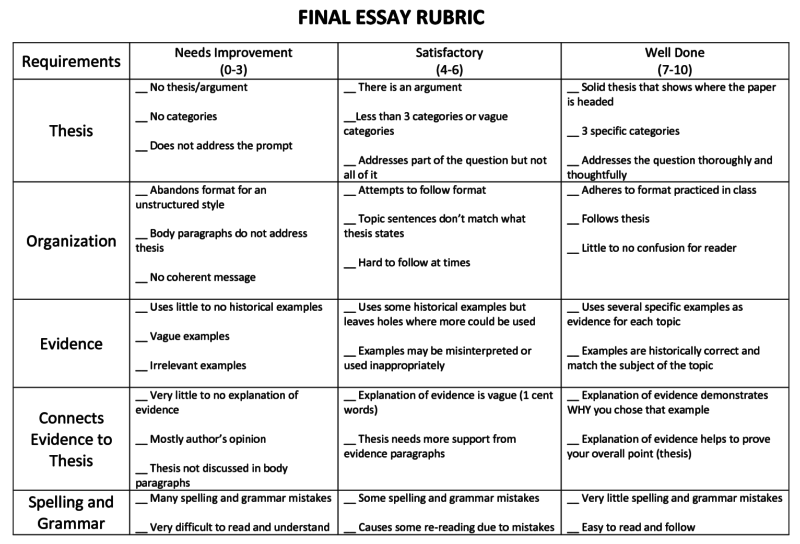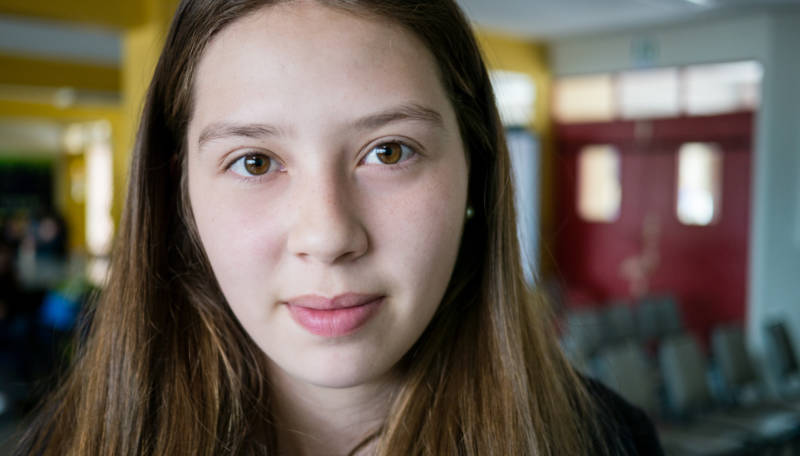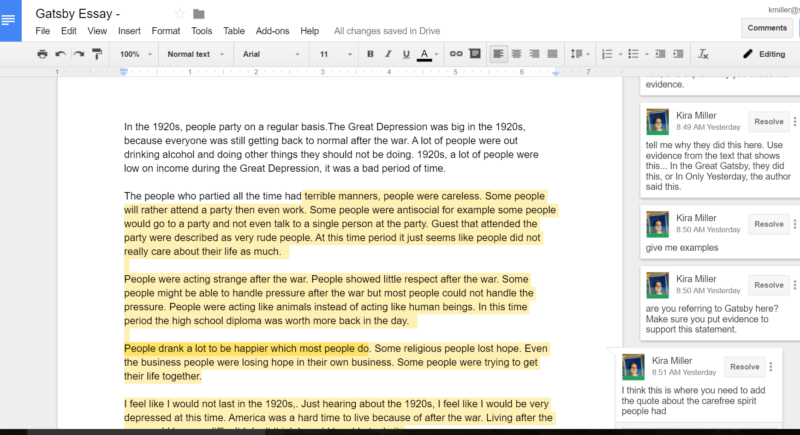There is a process to writing that doesn’t come easily to everyone. For students with special needs, the constant struggle to observe rubrics, understand expectations, and develop formulas for writing an essay can be a really tough ordeal. This is the third in a four part series following my steps toward teaching writing to students with special needs in this technologically advancing world.
In part one, I detailed how to use gallery walks in the classroom to develop pre-writing strategies with my students. In part two, I tell how to do in depth readings – working with teams to read for meaning. In this post, I will discuss using outlines to write a rough draft and the different programs we use in my classroom to draft the student’s essays.
In high school, students have a higher expectation than ever before when it comes to earning credits. This is a critical problem for special education students, who graduate as a much lower rate nationally than the general student population. Thus, with students who have an IEP, it is important that we provide them with specific rubrics so they have the clearest understanding of what it is that teachers expect of them.

Coming up with the perfect thesis can seem daunting. A clearly defined position is an important starting point for developing arguments in an essay. To simplify this process in my classes, I usually give them two options for their thesis – for or against a specific idea. The above rubric is an example of what my students might get before they begin writing.
During the group readings, I coach my students to define their position and begin to make predictions about the arguments for or against their position that they will see. In my previous article, I discuss how I often ask my students to highlight or pinpoint specific evidence that they feel strongly about in the text(s).

